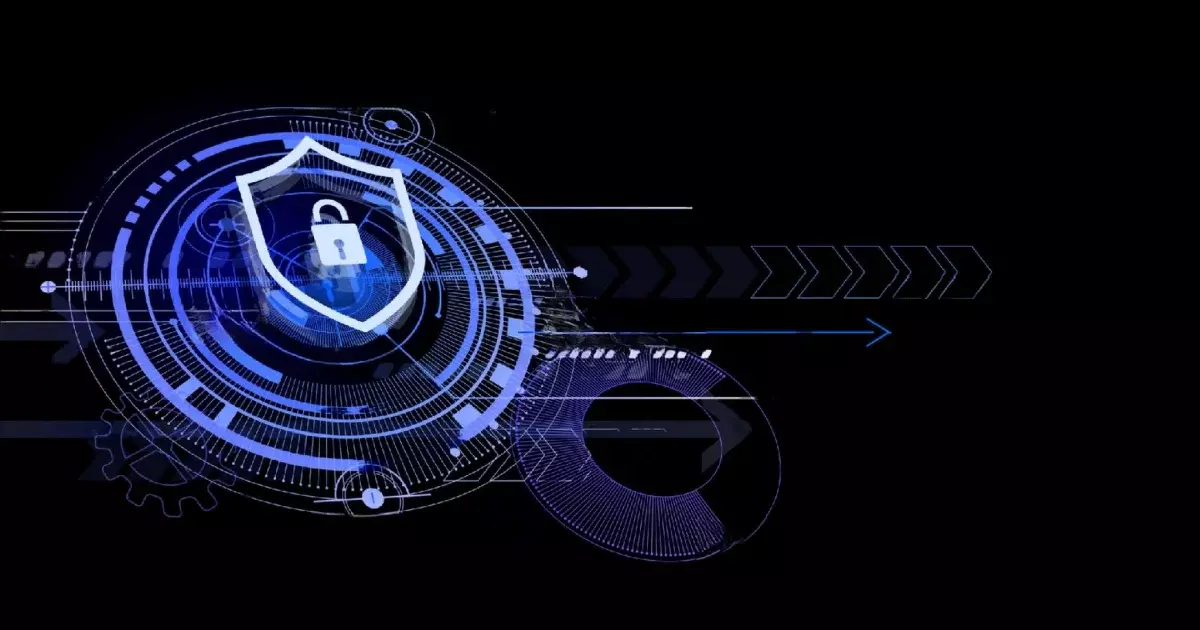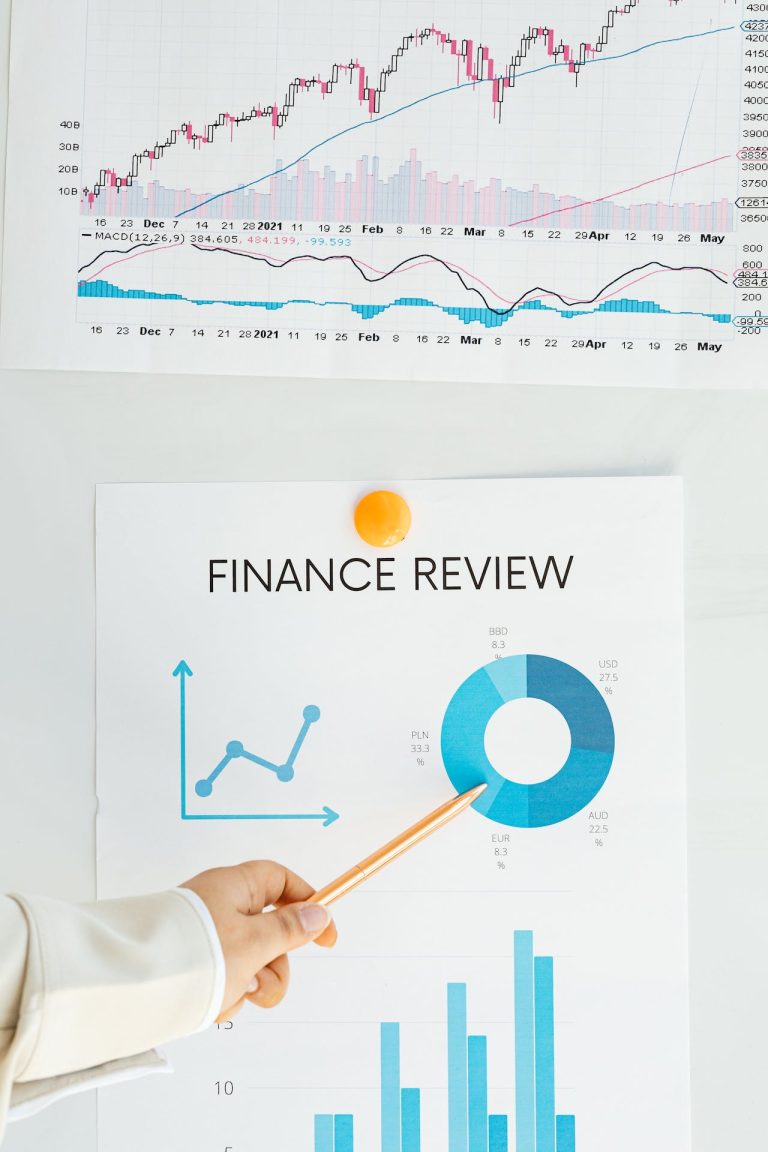Top Digital Signage Security Risks and How to Prevent Them
Alt Title Options:
- The Digital Signage Security Playbook
- Digital Signage in 2025: New Threats in the Horizon?
- The Hidden Risks of Digital Signage and How to Safeguard Your Systems
- Mitigating Digital Signage Security Risks: A Guide for 2025
- How to Prevent Cybersecurity Threats in Digital Signage Networks
Meta Description: Top digital signage security risks and how to prevent them to ensure your network stays safe and protected in 2025 and beyond.
As businesses continue to embrace the power of digital signage, security risks loom larger than ever. Whether it’s for retail, hospitality, corporate communication, or education, digital signage has become a key tool for engagement. These systems offer dynamic, real-time content delivery, enhancing customer experiences and operational efficiency. But as businesses continue to integrate digital signage into their operations, a critical issue arises—security risks.
Digital signage software are inherently vulnerable to various types of cyberattacks and security threats. Given that these systems are often interconnected with other networks, the risk of an attack can extend far beyond the signage itself, potentially compromising sensitive data, disrupting business operations, and damaging a company’s reputation.
Understanding the risks and implementing the right preventive measures is essential for any organization looking to leverage digital signage. In this post, we’ll delve into the top security risks posed to digital signage systems and provide actionable tips on how to safeguard your business.
The Growing Need for Digital Signage Security
Digital signage systems have rapidly evolved from simple digital billboards to complex, cloud-connected networks. They now often include interactive features, remote management, and integrations with other business systems. While this evolution has made digital signage incredibly effective, it also means there are more entry points for hackers to exploit.
Today’s digital signage systems often rely on cloud-based solutions for content management and updates, real-time analytics, and more. Unfortunately, the very features that make digital signage so powerful also create opportunities for cybercriminals. An unsecured digital signage system could lead to unauthorized access, manipulation of content, theft of sensitive data, and even provide a backdoor for more extensive attacks on an organization’s infrastructure.
Moreover, as digital signage becomes more ubiquitous across industries, attackers have increasingly turned their focus toward these systems. Small businesses and enterprises alike are vulnerable, regardless of their size. The need for heightened security measures has never been more crucial.
Hackers can infiltrate digital signage systems to:
- Display unauthorized content, harming brand reputation.
- Access sensitive customer or organizational data.
- Use the network as a gateway to compromise other connected devices.
By acknowledging these risks, you take the first step toward a robust defence.
Top Security Risks in Digital Signage Software Systems
As digital signage continues to integrate more technology, several common security risks have emerged. Understanding these risks is the first step toward protecting your systems.
1. Unauthorized Access
One of the most significant risks to digital signage security is unauthorized access. This could happen due to weak authentication methods, poor password management, or unencrypted communications. Once an attacker gains access to a digital signage network, they can manipulate content, install malicious software, or steal data. In some cases, hackers can even take control of the entire system, displaying malicious content or spreading ransomware.
Preventive Measures:
- Use multi-factor authentication (MFA) to ensure that only authorized users can access the system.
- Implement strict password policies, ensuring passwords are unique and changed regularly.
- Encrypt communication between devices and central servers to prevent unauthorized access during data transmission.
2. Malware and Ransomware
Malware and ransomware are among the most common forms of attacks targeting digital signage systems. These types of malicious software can be introduced through compromised content or external devices like USB drives. Once the malware infiltrates the system, it can lock the network, causing significant disruptions. Ransomware, in particular, can be devastating as it demands payment for the return of data or system access.
Read more : How Can HR Placement Consultants Enhance Recruitment?
Preventive Measures:
- Regularly update software and operating systems to patch vulnerabilities.
- Ensure that only trusted sources are used to upload content.
- Use anti-malware solutions and network firewalls to detect and block malicious software before it infects the system.
3. Network Vulnerabilities
Since many digital signage systems are connected to internal networks or cloud-based platforms, a single weak link in the network can expose the entire system to attack. If hackers gain access to one system, they can use it as a gateway to compromise other connected devices and networks, spreading the attack throughout the organization.
Preventive Measures:
- Isolate the digital signage network from the core business network to minimize potential exposure.
- Use virtual private networks (VPNs) and implement network segmentation to safeguard critical systems.
- Regularly audit network security protocols and configure firewalls to limit unnecessary external access.
4. Physical Tampering
In high-traffic areas or public-facing locations, physical tampering with digital signage displays presents another serious risk. Hackers or unauthorized personnel can physically access the screens, tamper with hardware, or connect unauthorized devices such as USB drives. This allows them to alter content, install malware, or gain access to the network.
Preventive Measures:
- Place digital signage displays in secure, tamper-resistant enclosures.
- Use physical security measures such as locks, security cameras, and motion detectors.
- Restrict physical access to authorized personnel only and monitor the location for suspicious activities.
5. Outdated Software and Firmware
Outdated software is a major vulnerability that hackers can exploit. Many digital signage systems rely on a combination of software and hardware components, and if any of these components run outdated versions, they can be an easy target for cybercriminals. Hackers often search for systems running older, unpatched versions of software to exploit known vulnerabilities.
Preventive Measures:
- Schedule regular updates for all digital signage hardware and software.
- Implement an automatic update system whenever possible to ensure all devices are running the latest patches.
- Keep a close eye on firmware updates for any digital signage hardware, as outdated firmware can expose systems to attacks.
Preventive Best Practices for Long-Term Digital Signage Security
Employee Training and Awareness
Employee awareness is one of the most effective ways to prevent cybersecurity incidents. Training staff on best practices for digital signage security can significantly reduce the likelihood of a breach. Your team should be educated on recognizing phishing emails, avoiding suspicious links, and maintaining secure password habits.
Preventive Measures:
- Regularly conduct cybersecurity awareness workshops.
- Implement a company-wide policy for secure content upload practices.
- Create clear protocols for reporting potential security incidents.
Security Audits and Vulnerability Assessments
Regular security audits are essential to identify vulnerabilities in your digital signage systems before attackers can exploit them. These audits should involve a thorough review of hardware, software, network configurations, and content management practices.
Preventive Measures:
- Conduct regular internal and external security audits.
- Work with a cybersecurity firm to assess and improve your digital signage security posture.
- Address any findings promptly to ensure your systems remain secure.
Robust Data Backup and Recovery Procedures
In case of a security breach, data backups are crucial to ensure business continuity. A secure, off-site backup of all digital signage data, content, and configurations will allow you to quickly recover from an attack and minimize downtime.
Preventive Measures:
- Regularly back up digital signage content, software configurations, and settings.
- Store backups in multiple locations, including cloud storage, for added protection.
- Create a disaster recovery plan to swiftly recover from potential breaches.
The Bottom Line: Securing Digital Signage for the Future
As digital signage systems continue to play an integral role in modern business communication, it’s essential to ensure that they are secure. The risks of cyberattacks, unauthorized access, malware, and physical tampering cannot be ignored. By implementing robust security measures, conducting regular audits, and educating staff, you can protect your digital signage network and safeguard both your business and your customers.
Ultimately, proactive prevention is far more cost-effective than dealing with the consequences of a security breach. The time to act is now—secure your digital signage system, protect your data, and ensure your content delivery remains uninterrupted and trustworthy.







